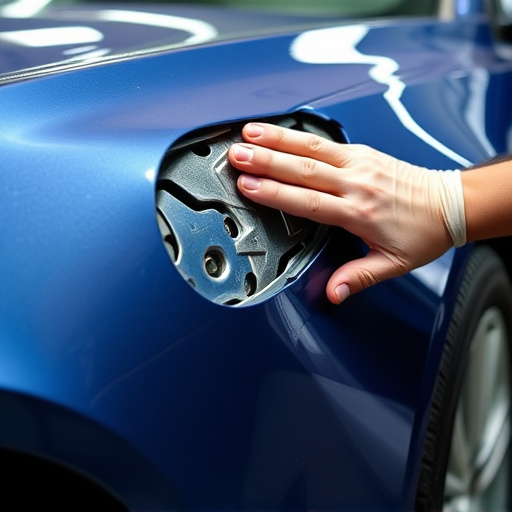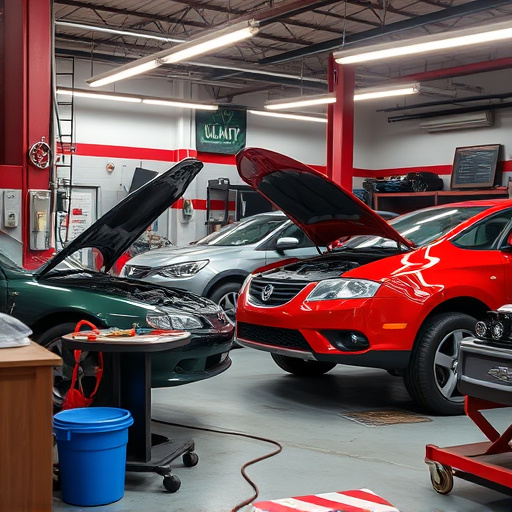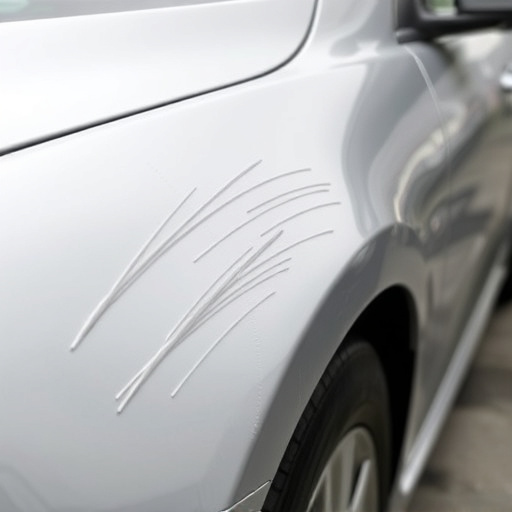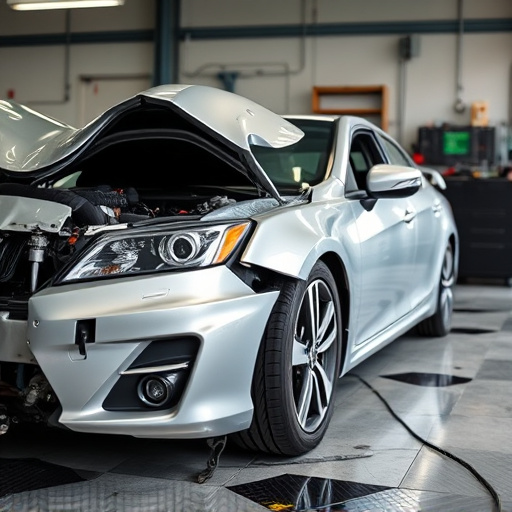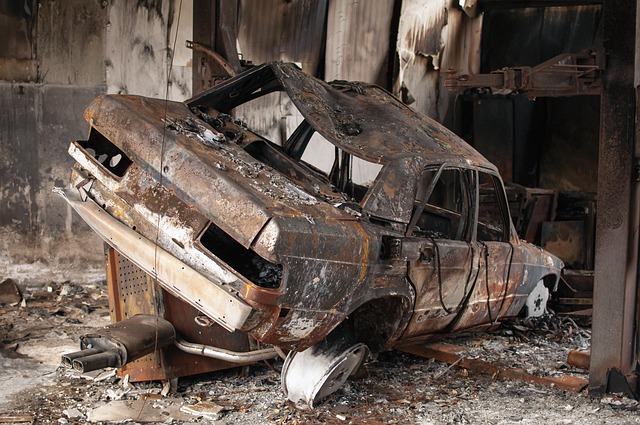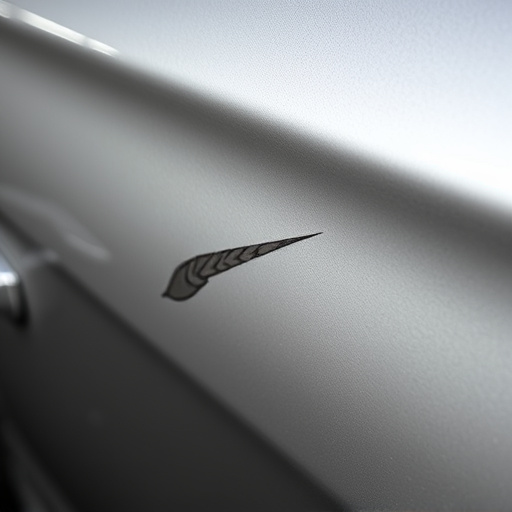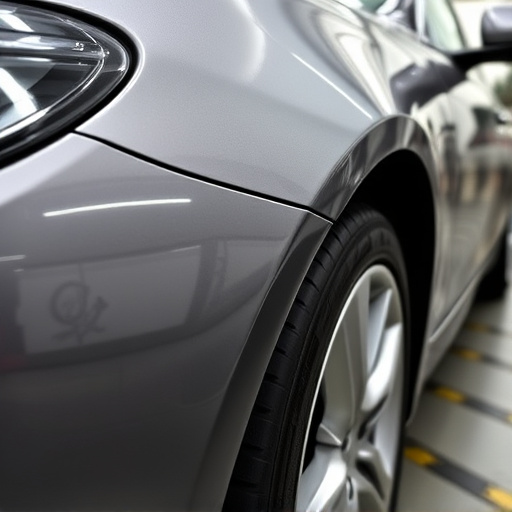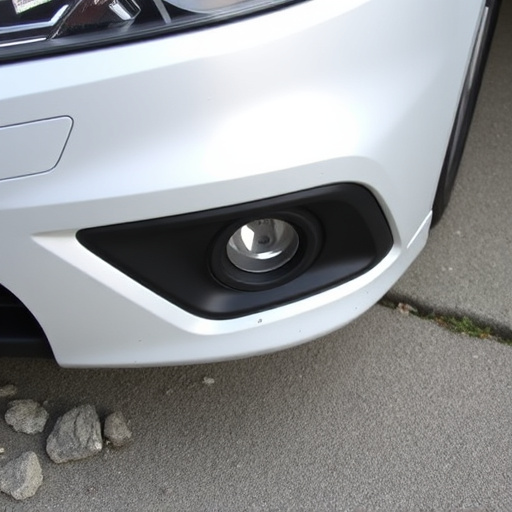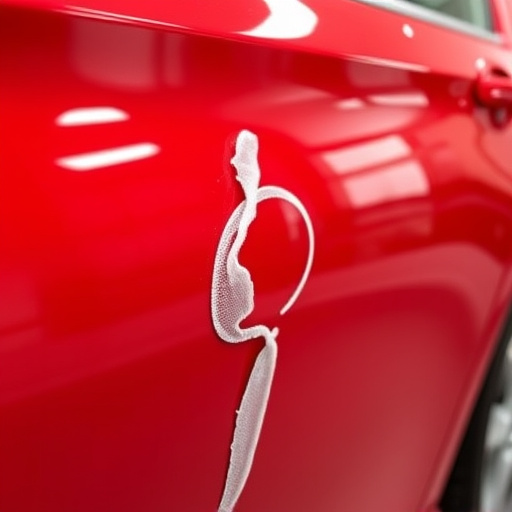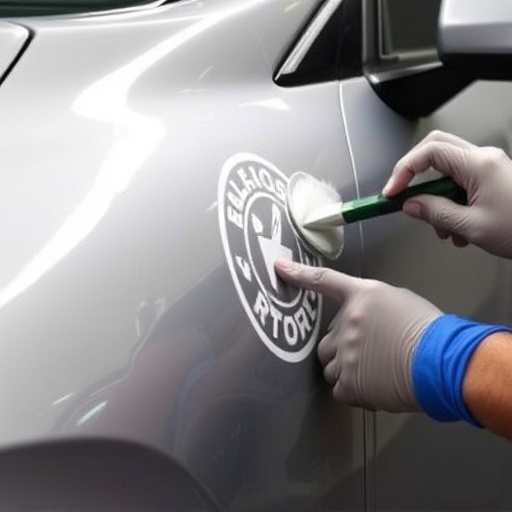Understanding auto insurance policies is crucial for car collision repair. Comprehensive and collision coverage protect against various damages, including theft, vandalism, and accidents. Modern techniques like paintless dent repair offer efficient solutions. Navigating claims involves documenting damage, exchanging insurance info, and contacting providers. Policies cover structural and aesthetic repairs, with estimates maximizing compensation. Proactive communication ensures adequate coverage for bodywork and paint work.
Car collisions can cause significant damage, but understanding insurance coverage for car collision repair claims can help ease the process. This article is your guide to navigating the complexities of auto insurance and car collision repair. We’ll explore essential aspects such as comprehending your policy’s coverage, stepping through the claims process, and ensuring you receive fair compensation for necessary repairs. By the end, you’ll be equipped with knowledge to confidently manage your next car collision repair claim.
- Understanding Car Collision Repair Coverage
- Navigating the Claims Process Step-by-Step
- Maximizing Compensation for Repairs
Understanding Car Collision Repair Coverage

When a vehicle experiences a collision, understanding your insurance coverage for car collision repair is crucial. Most auto insurance policies include comprehensive and collision coverage as part of your overall protection. Comprehensive coverage protects against non-collision related damages like theft, vandalism, or natural disasters. Collision coverage, on the other hand, specifically addresses damage resulting from accidents, including fender benders and more severe impacts. This ensures that the cost of necessary repairs, such as car paint repair or even a complete auto glass replacement, is covered.
Among the services covered under car collision repair are various types of restoration work. While traditional methods often involve extensive body shop work, modern options like paintless dent repair have revolutionized the industry. These innovative techniques allow for efficient and cost-effective repairs, ensuring your vehicle looks as good as new without extensive painting or body modifications.
Navigating the Claims Process Step-by-Step

Navigating the claims process for a car collision repair can seem daunting, but understanding each step ensures a smoother journey. First, after a collision, it’s crucial to ensure everyone’s safety and call emergency services if needed. Then, document the incident by taking photos of the damage, exchanging insurance information with the other driver(s), and noting down any witness details.
Next, contact your insurance provider to report the claim, providing them with all relevant information. They will assign a claims adjuster who will inspect the damaged vehicle, assess the repair costs, and guide you through the next steps. This often involves estimating repairs, including options like paintless dent repair for minor damages or comprehensive car bodywork services if the damage is more extensive. Once approved, choose an experienced car repair shop to conduct the work, ensuring they have a proven track record of quality service.
Maximizing Compensation for Repairs

When filing a car collision repair claim, maximizing compensation for repairs is paramount. It’s crucial to understand your insurance policy and what’s covered under it. Most policies will pay for parts and labor required to restore your vehicle to its pre-accident condition. This includes structural repairs like bent frames and damaged bodywork, as well as aesthetic fixes such as vehicle paint repair.
To ensure you receive fair compensation, keep detailed records of all repair estimates from collision centers. Document any pre-existing damage that might affect the cost of repairs. Additionally, be proactive in communicating with your insurance provider about your choices for car collision repair, whether it’s a recommended shop by the insurer or one of your preference. This openness can help streamline the claims process and ensure you receive adequate compensation for the necessary vehicle bodywork and paint repair work.
Car collisions can be a stressful experience, but understanding how insurance works hand-in-hand with car collision repair claims can help you navigate this challenging process. By familiarizing yourself with coverage options and the step-by-step claims process, you can maximize your compensation and ensure your vehicle is restored to its pre-accident condition. Remember, knowing your rights and the ins and outs of insurance claims can make all the difference in a smooth, efficient car collision repair experience.
